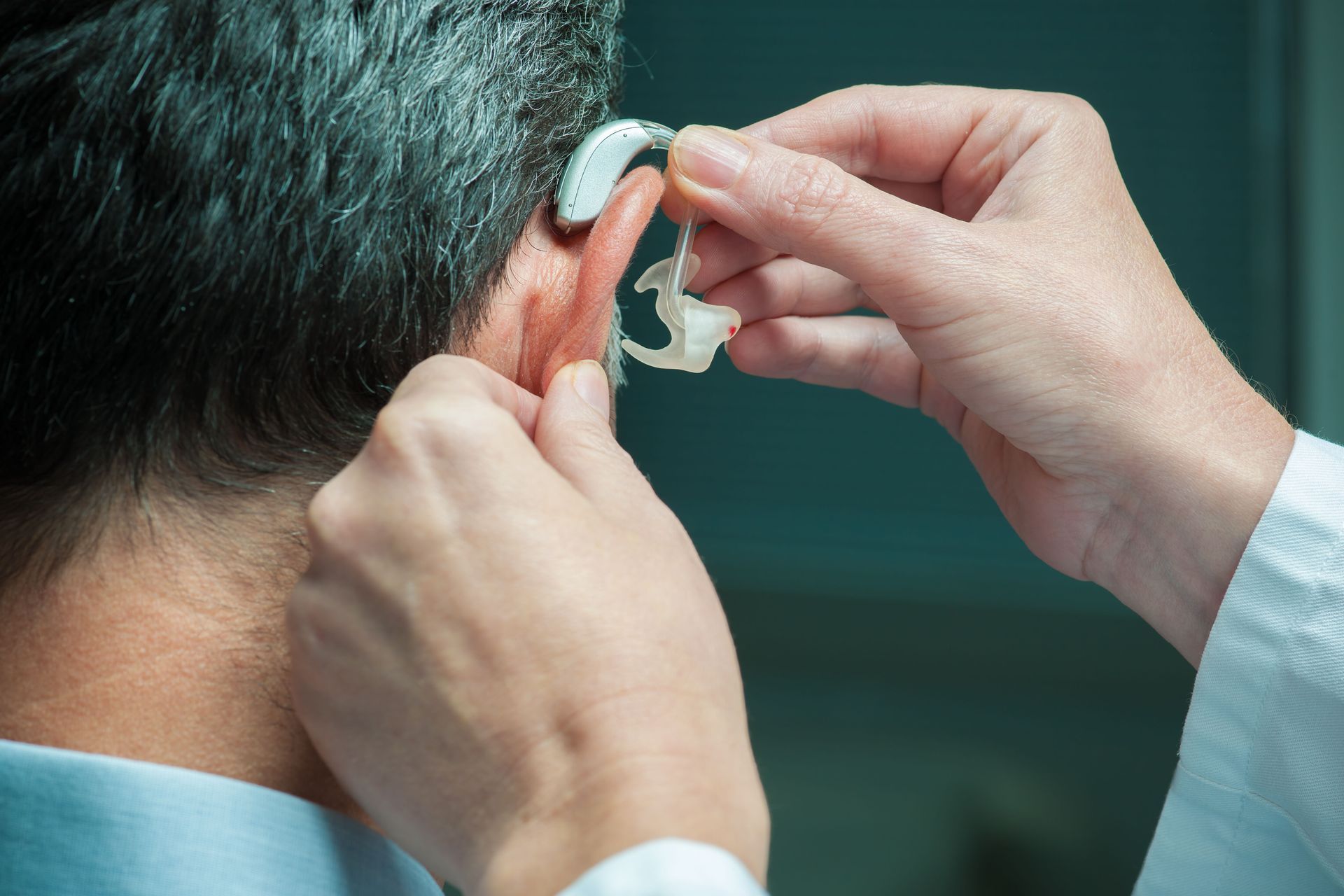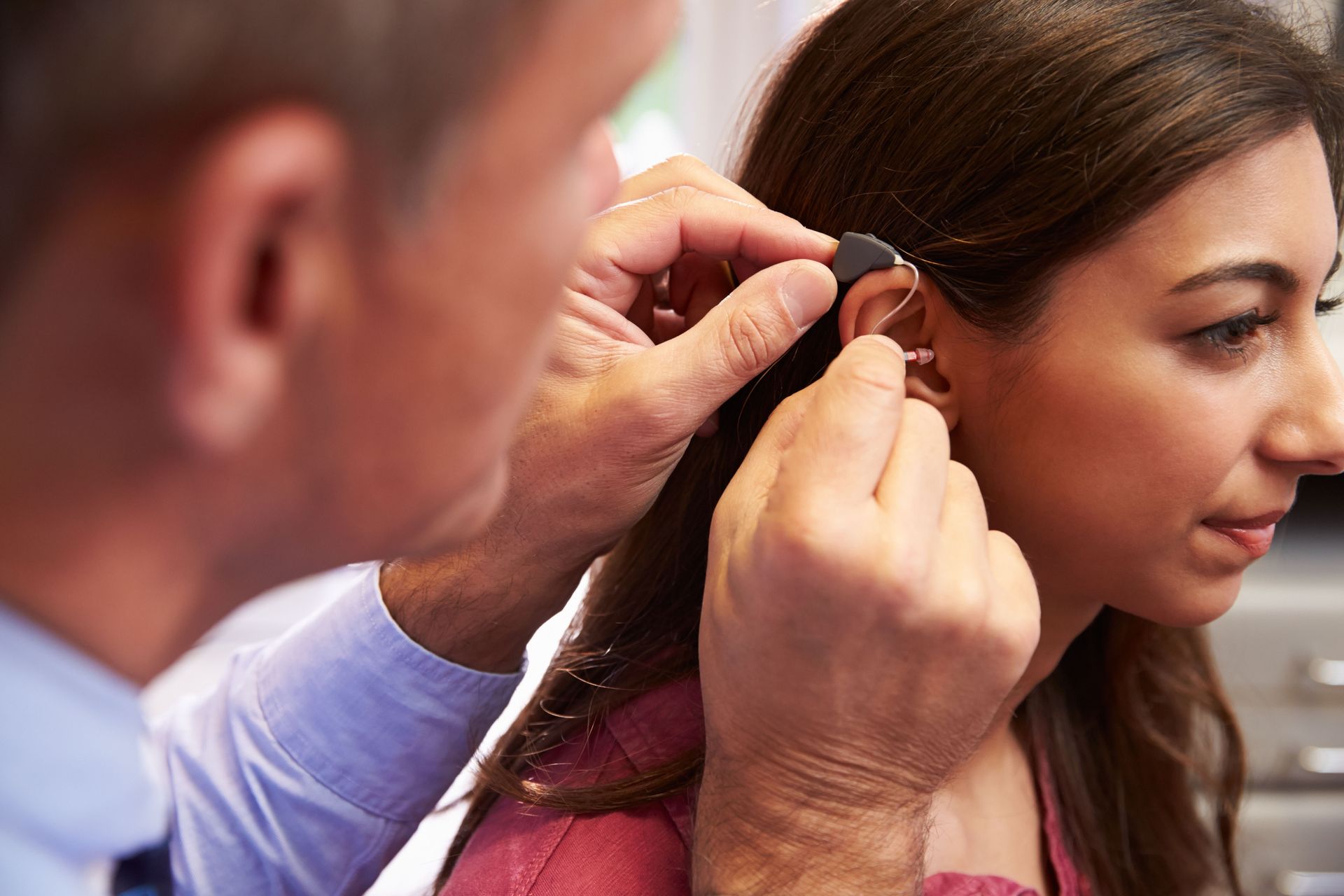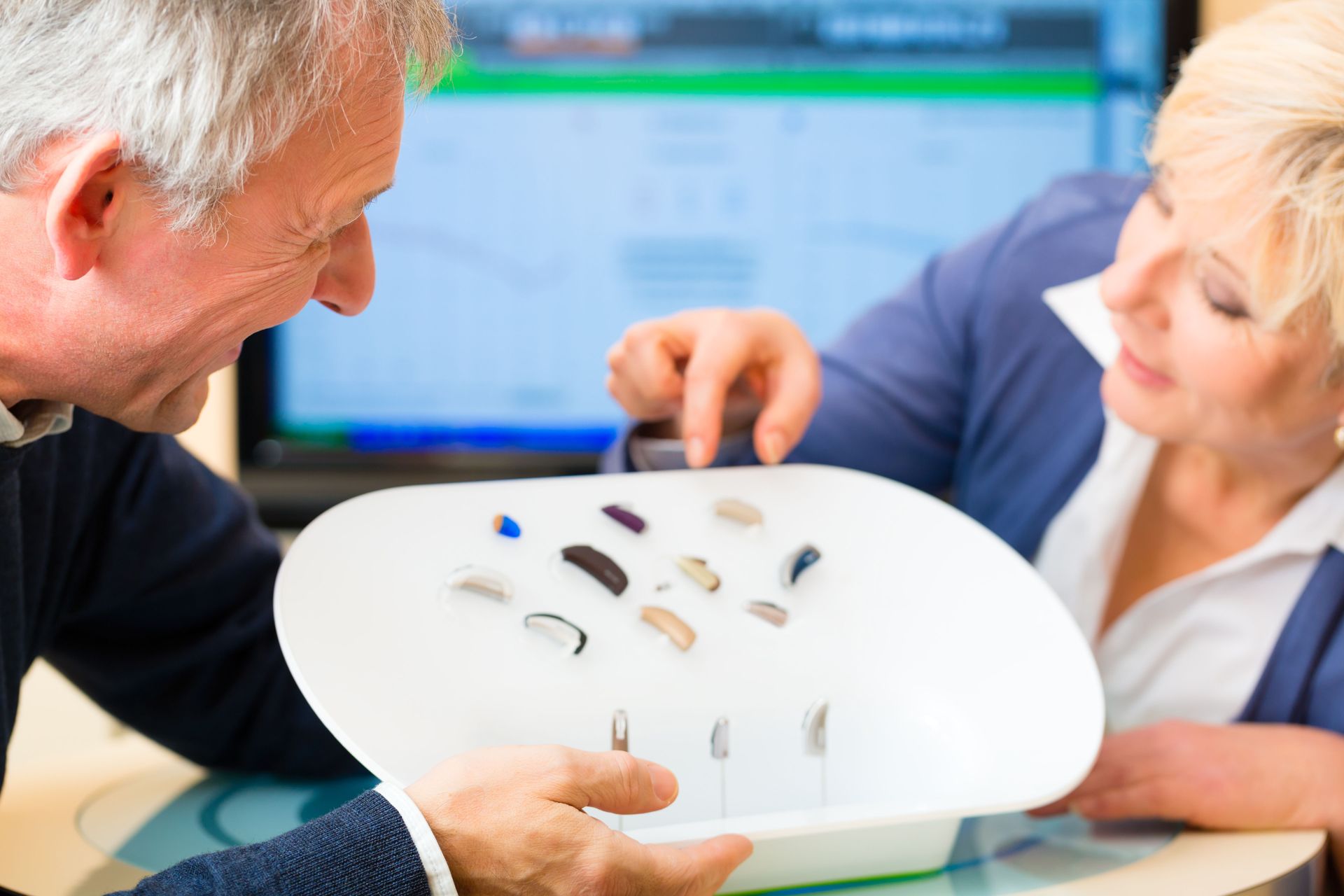5 Common Signs That Your Hearing Aids Need Maintenance
Hearing aids are remarkable devices that can significantly improve the quality of life for those with hearing loss. They allow people to engage more fully in conversations, enjoy music, and stay connected with their surroundings. However, like any sophisticated technology, hearing aids require regular care and attention to function at their best. Neglecting proper upkeep can lead to reduced performance, frustration, and even potential damage that requires costly repairs. Recognizing when your hearing aids need maintenance is key to preserving your investment and maintaining optimal hearing health.
Many people assume that hearing aids are maintenance-free, but in reality, these small devices are exposed daily to moisture, earwax, and environmental debris. Over time, these factors can compromise their effectiveness. By learning the signs that indicate your hearing aids need attention, you can prevent minor issues from becoming major problems. Regular hearing aid maintenance not only prolongs the life of your device but also ensures that you continue to experience clear, consistent sound quality. Taking a few minutes each day to inspect and clean your devices can make a noticeable difference in their performance and longevity.
1. Noticeable Changes in Sound Quality
One of the first signs that your hearing aids may need maintenance is a noticeable change in sound quality. If speech sounds muffled, background noise becomes overwhelming, or certain frequencies seem weaker, your hearing aids could be experiencing blockages or technical issues.
Earwax buildup is a common culprit behind distorted sound. Even a small amount of wax in the speaker or microphone can significantly impact the device's performance. Similarly, moisture from sweat, humidity, or accidental exposure to water can temporarily affect the electronics, leading to static, crackling, or intermittent sound. In some cases, dust or lint can get trapped in the vents, further muffling sound or altering the audio balance.
When you notice these changes, it’s important to act promptly. Many hearing aids have replaceable wax guards or filters that can be swapped out at home. Additionally, small cleaning kits with brushes, drying capsules, or microfiber cloths can help remove debris effectively. If problems persist after routine cleaning, scheduling professional hearing aid maintenance is a smart step. Consistent monitoring and timely intervention prevent minor issues from escalating and preserve the overall functionality of your device, ensuring that you continue to hear clearly in every environment.
2. Physical Wear and Tear
Just like any other piece of technology, hearing aids are susceptible to wear and tear. Scratches, cracks, loose tubing, or malfunctioning buttons are indicators that your device might need professional attention. While superficial scratches may not immediately affect performance, structural damage can eventually compromise the internal components.
Battery doors that no longer close properly, push buttons that stick, or volume wheels that are unresponsive are all signs that a hearing aid service is necessary. Even slight bending of the tubing or deterioration of earmolds can affect fit, which in turn reduces sound quality and comfort. Regular inspection for these minor damages can prevent bigger problems later on.
Regular inspection of your hearing aids for physical damage is a crucial part of hearing aid maintenance. By identifying problems early, you can ensure your devices remain comfortable, functional, and reliable for daily use. Additionally, noting any unusual sounds, rattling, or looseness during normal use can provide early warnings that a professional cleaning or repair is needed.
3. Frequent Feedback or Whistling
A sudden increase in feedback, commonly described as whistling or squealing, can indicate that your hearing aids need maintenance. Feedback occurs when sound from the hearing aid speaker leaks back into the microphone, creating a loop that produces the high-pitched noise.
While feedback can occasionally be caused by improper insertion, it often results from blockages or worn-out components. For instance, a clogged microphone or earmold may prevent the device from fitting correctly, leading to unwanted sound. Changes in your ear canal, such as swelling or wax buildup, can also contribute to this issue.
Addressing feedback early is essential. Persistent whistling not only makes listening uncomfortable but also reduces the effectiveness of the device. Proper cleaning, checking for wax buildup, and ensuring the hearing aid fits snugly in the ear can mitigate this issue. If feedback continues, a professional adjustment is recommended to restore optimal performance. Additionally, audiologists offer hearing aid maintenance to fine-tune the device settings to minimize future feedback, improving both comfort and sound clarity.
4. Poor Battery Life
Battery performance is a clear indicator that hearing aids may require maintenance. If you notice that batteries drain faster than usual or your device shuts off unexpectedly, there could be an underlying issue.
Moisture, dirt, or internal corrosion can reduce the efficiency of the electrical components, forcing the battery to work harder. Some rechargeable hearing aids may also lose capacity over time, making them less reliable between charges. Even the age of disposable batteries can affect performance, so keeping track of usage patterns helps determine if maintenance is needed.
Paying attention to battery behavior can prevent interruptions in your daily activities. According to NIH.gov, 28% of adults aged 52 or older who have moderate to severe hearing loss experience difficulty with daily activities. Ensuring that your hearing aids are fully functional directly impacts your ability to communicate effectively and maintain independence. Routine hearing aid maintenance, including battery checks and proper storage, helps prevent these challenges and ensures that your devices remain dependable. Using battery testers or keeping spare batteries on hand can provide peace of mind, especially for long days away from home.
5. Inconsistent or Intermittent Performance
Another subtle yet important sign that hearing aids require maintenance is inconsistent or intermittent performance. Devices that suddenly stop working, lose connection, or fluctuate in volume are signaling that something may be wrong internally.
Environmental factors, such as temperature changes or moisture, can temporarily affect hearing aids. However, repeated interruptions or erratic behavior often indicate the need for professional service. Technicians can inspect the internal circuitry, clean the devices, and replace any faulty components to restore consistent performance. In some cases, software updates or reprogramming can also resolve inconsistencies in digital hearing aids, ensuring smooth and reliable operation.
Addressing these issues promptly prevents minor faults from causing long-term damage. By scheduling regular maintenance, you can enjoy uninterrupted hearing support, ensuring your devices operate at peak efficiency every day. Keeping a log of when the device malfunctions can also help professionals diagnose problems more accurately.
Recognizing the signs that your hearing aids need maintenance is vital for preserving both their functionality and your overall quality of life. Changes in sound quality, physical wear, increased feedback, reduced battery life, and intermittent performance are all indicators that it’s time to take action. Regular inspection, cleaning, and professional servicing can prevent minor problems from becoming costly repairs and help you continue to enjoy clear, consistent hearing.
Hearing aid maintenance is not just about protecting your investment—it’s about ensuring that you remain engaged in conversations, enjoy daily activities, and maintain independence. By paying close attention to your devices and responding to early warning signs, you can extend their lifespan and maximize their benefits. Maintaining your hearing aids is a small effort that pays significant rewards in your hearing health and overall well-being, giving you confidence and peace of mind every day.
Ensure your hearing aids stay in top condition with care from Chappell Hearing Care Centers. Schedule an appointment today for professional hearing aid maintenance and enjoy clear, reliable hearing every day.












Share On: